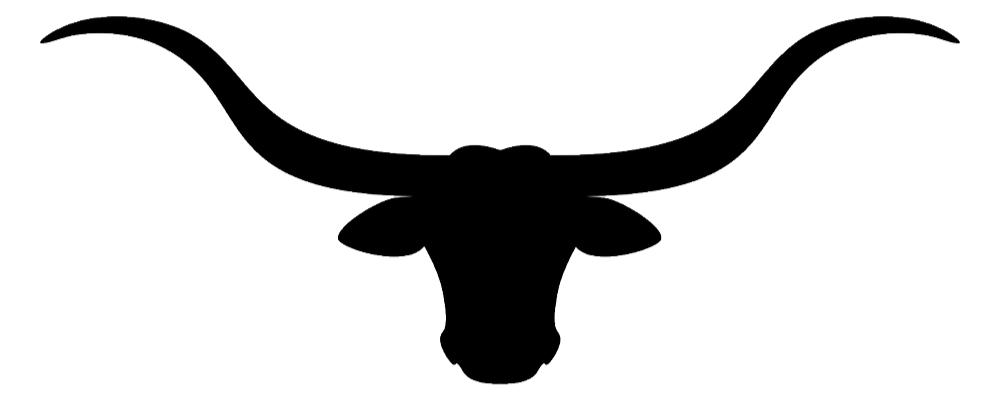The creation of orthodontic adjustments requires multiple steps and consideration of essential details. One of these details is ensuring that the only teeth that move in the process are those that are intended to. The first technology to help ensure this is known as a dental anchor or orthodontic anchor. They were first invented over a century ago, and ongoing improvements have been made to their development. These advancements took many forms, one of the most important being a reduction in overall size. However, a recent innovation was the creation of Temporary Anchorage Devices or TADS. These temporary anchor points are made from titanium and make it possible to set them at areas not typically possible.
How TADS Benefit Orthodontic Adjustments
The underlying principle of orthodontic adjustment relies on applying precise forces on the teeth to make them move as desired. The health concerns that occur in the oral cavity can complicate this process. This was addressed through the creation of anchorage devices. These ranged from using other teeth as anchorage points to complex and cumbersome pieces of headgear. Temporary Anchorage Devices make it possible to create anchors in previously impossible points. This has helped dentists make adjustments without relying as heavily on headgear and more complex anchorage systems.
Another benefit was a reduced need to use other teeth as anchorages. While effective, this could lead to the tooth being used having complications. They sometimes move when they aren’t meant to or can experience chipping or cracking due to the applied pressures. Using a TAD makes it possible to avoid this and ensure that only those teeth needing to be moved are moved. They’ve further reduced the need for certain orthodontic surgeries that used to be relied on for specific adjustments.
What Is The Process Of Getting And Maintaining
Getting a TAD is similar to getting a dental implant, but there are underlying differences. Dental implants remain in place for extended periods. Since the titanium they’re made of stimulates bone growth, they also undergo a process known as osseointegration. Osseo, for bone, and integration, meaning “to combine.” During osseointegration, the titanium post fuses into the jawbone, becoming a permanent part. Temporary anchorage devices do not undergo this process.
When you receive a TAD, the procedure will begin with a local anesthetic to numb the target area. The TAD will then be screwed into the jawbone at the desired location. You will be provided with over-the-counter pain relief to ease any discomfort or swelling you may experience. Your orthodontic treatment will generally begin immediately, with the necessary anchorage attached to the new anchor point.
When your orthodontic treatment is completed, the temporary anchorage device and the rest of the orthodontic appliances being used will be removed. If you want to know more about orthodontic care using TADS, reach out to your dentist today. They’ll answer your questions and consult you on whether this is appropriate for your oral health needs.







